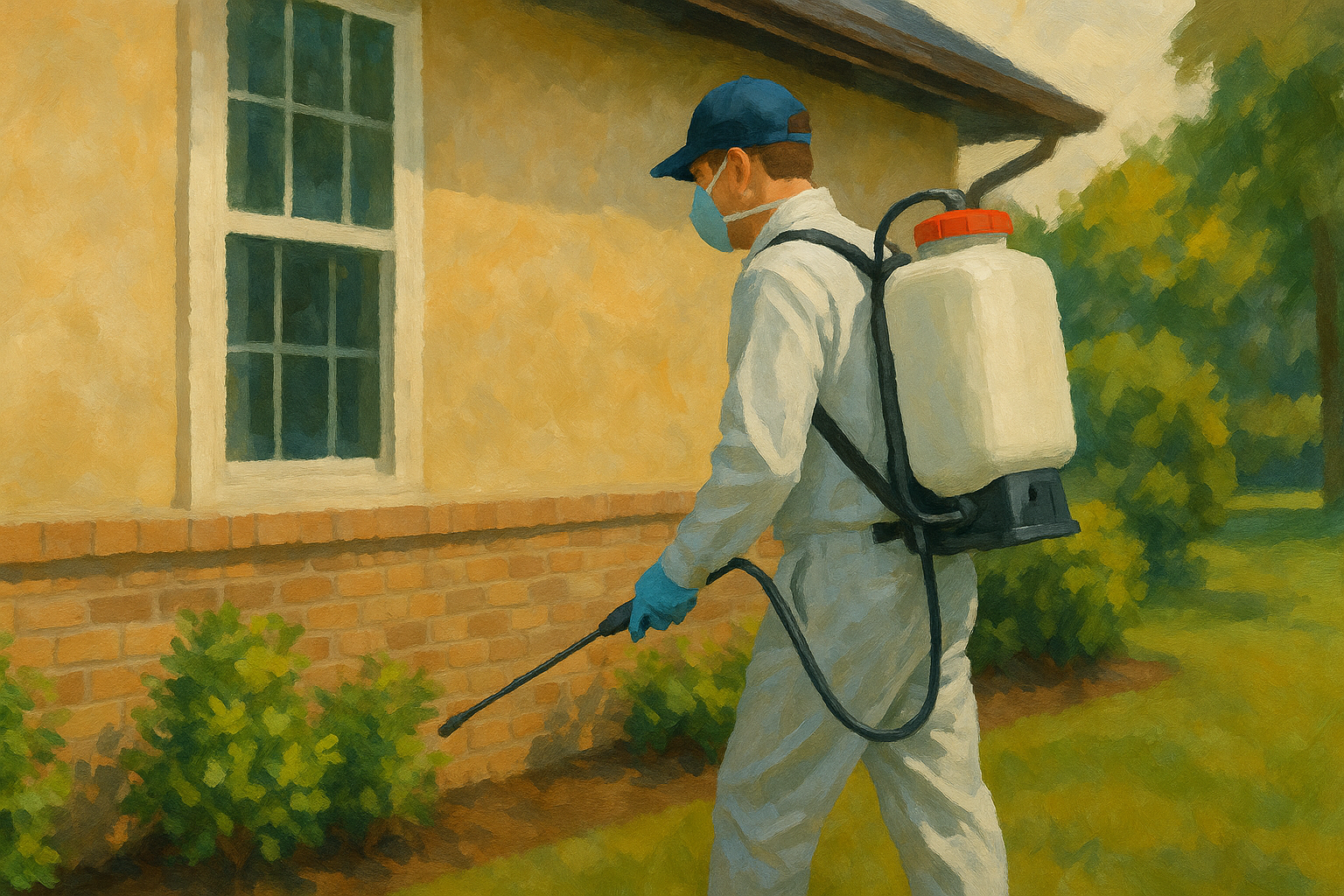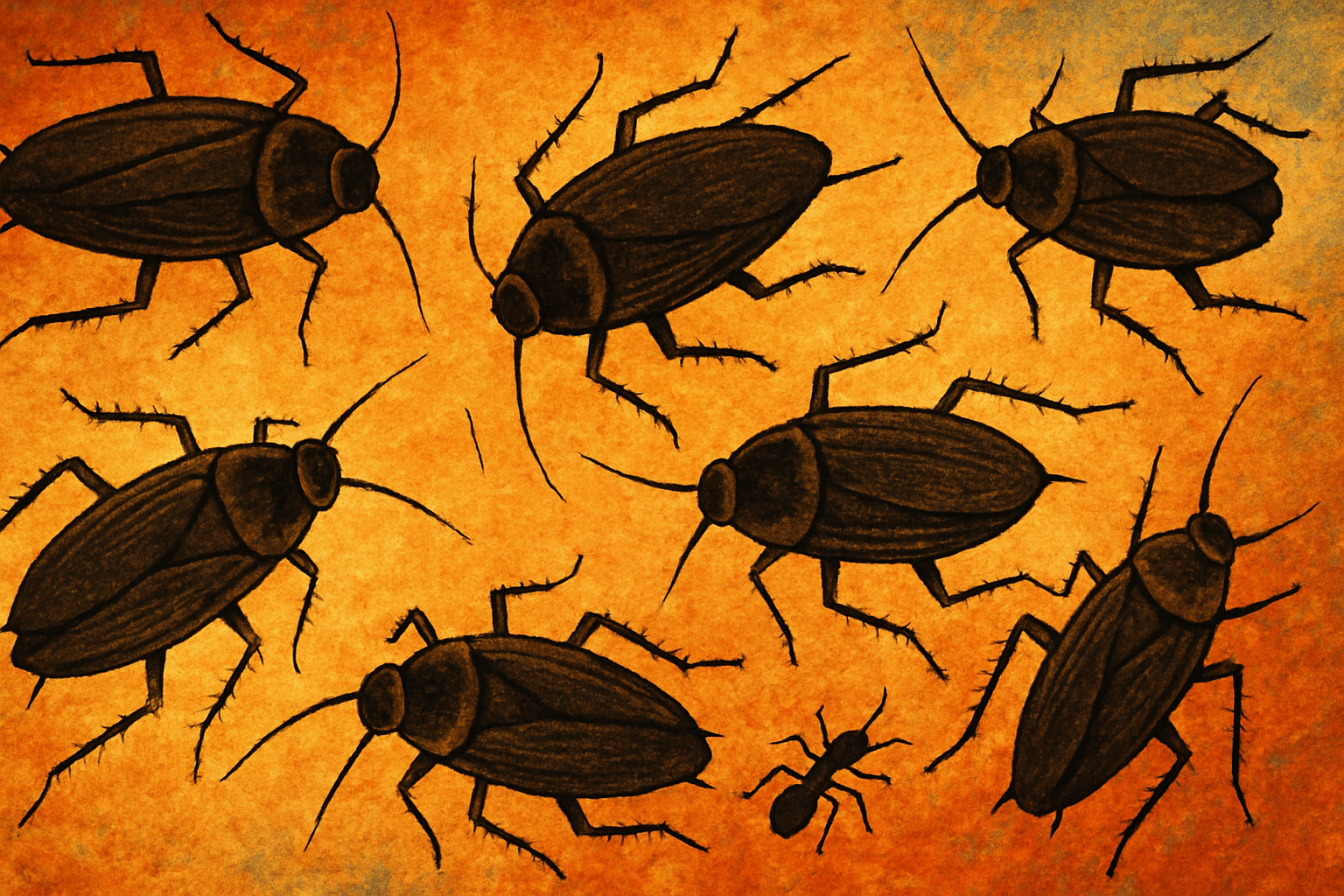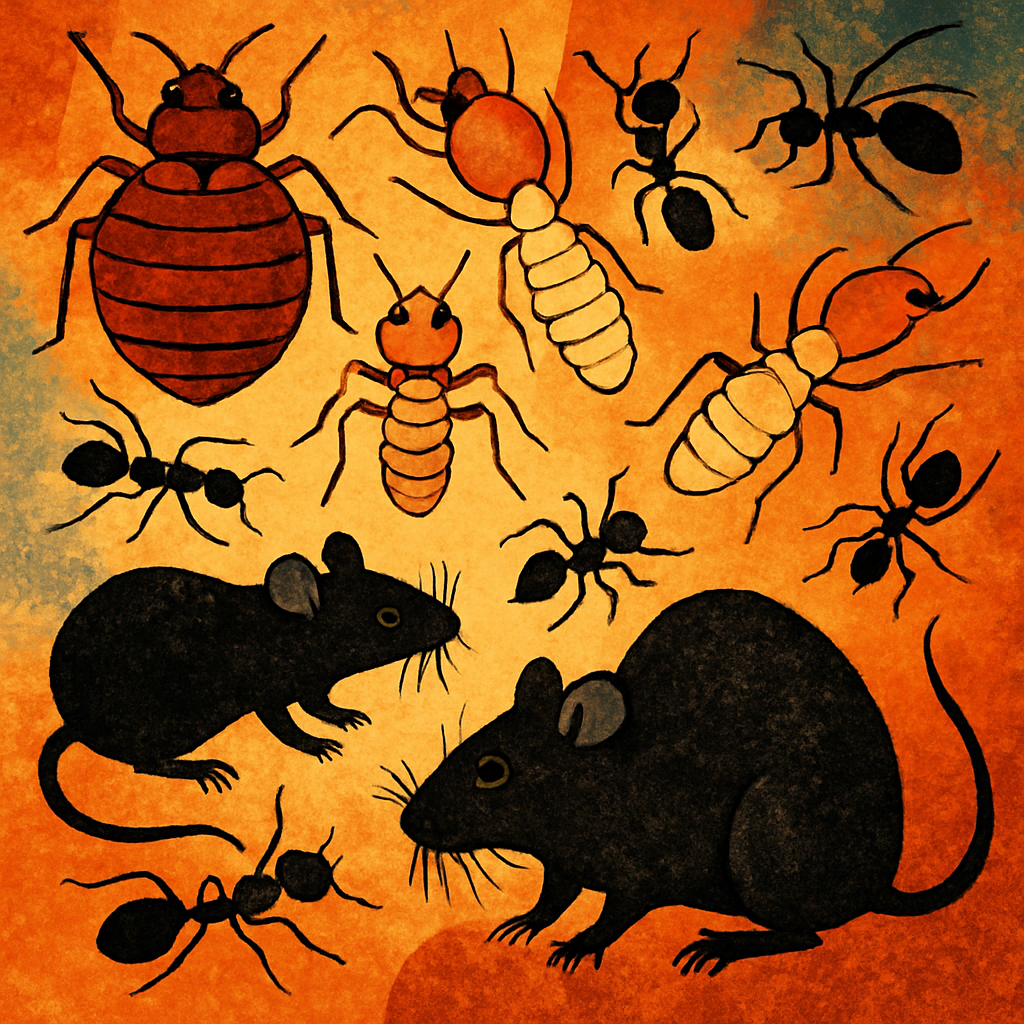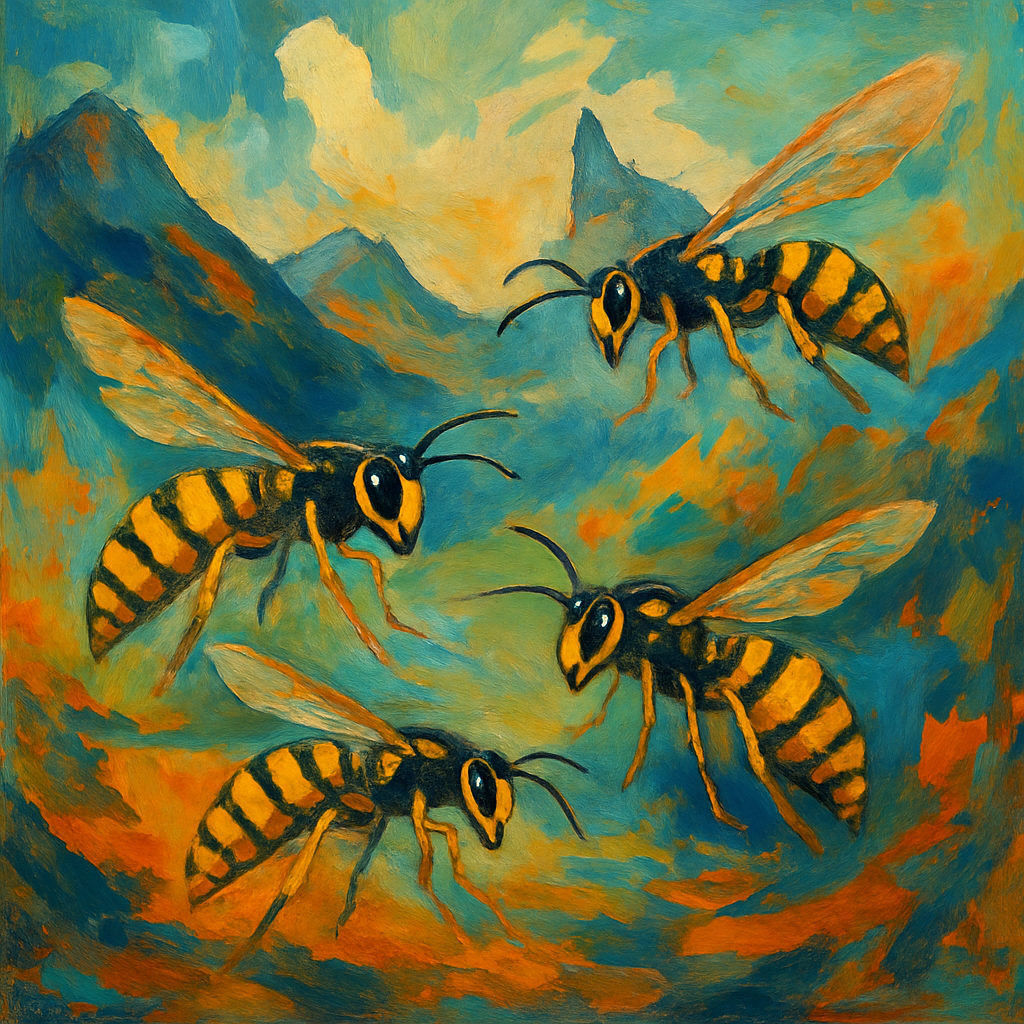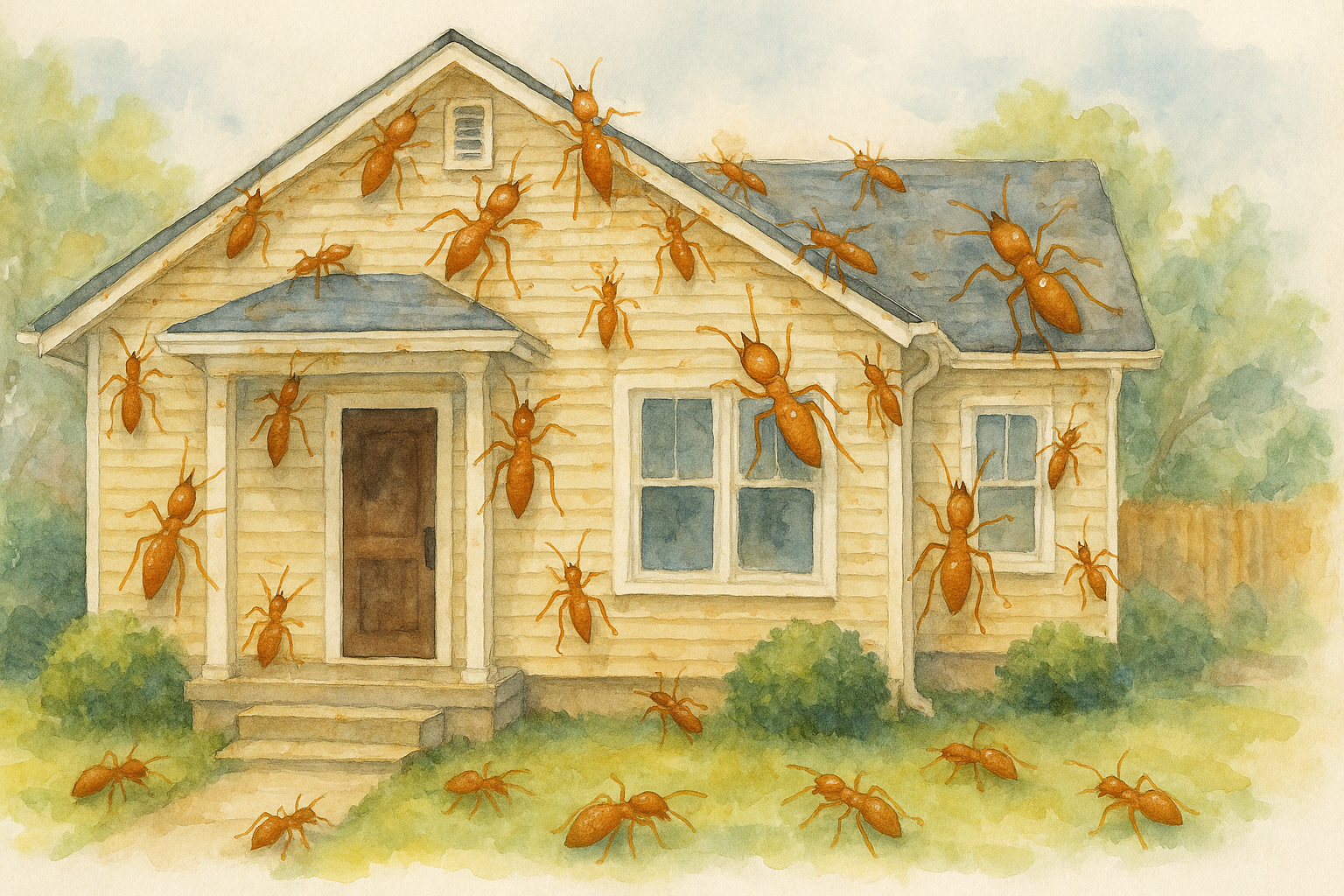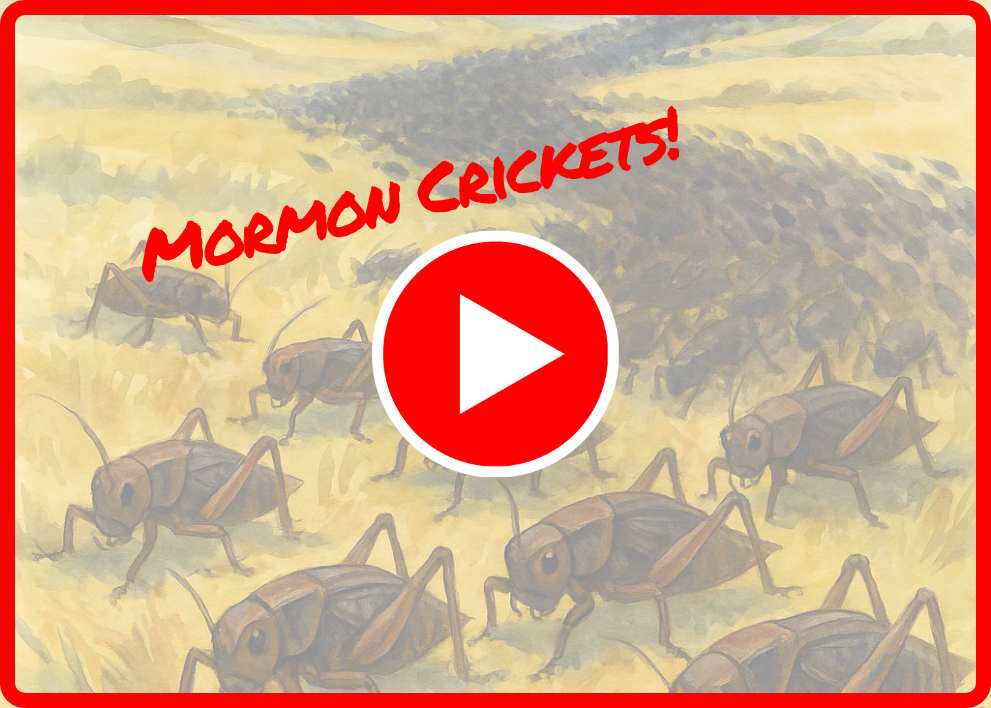Elm Seed Bug (Arocatus melanocephalus)
The Elm Seed Bug is a small, dark-winged insect from the family Lygaeidae, most commonly found in regions of Europe and North America. Introduced to the United States in the early 2010s, this species has become a familiar presence in urban and suburban areas, particularly in the Western states. But what exactly makes this tiny creature so intriguing?
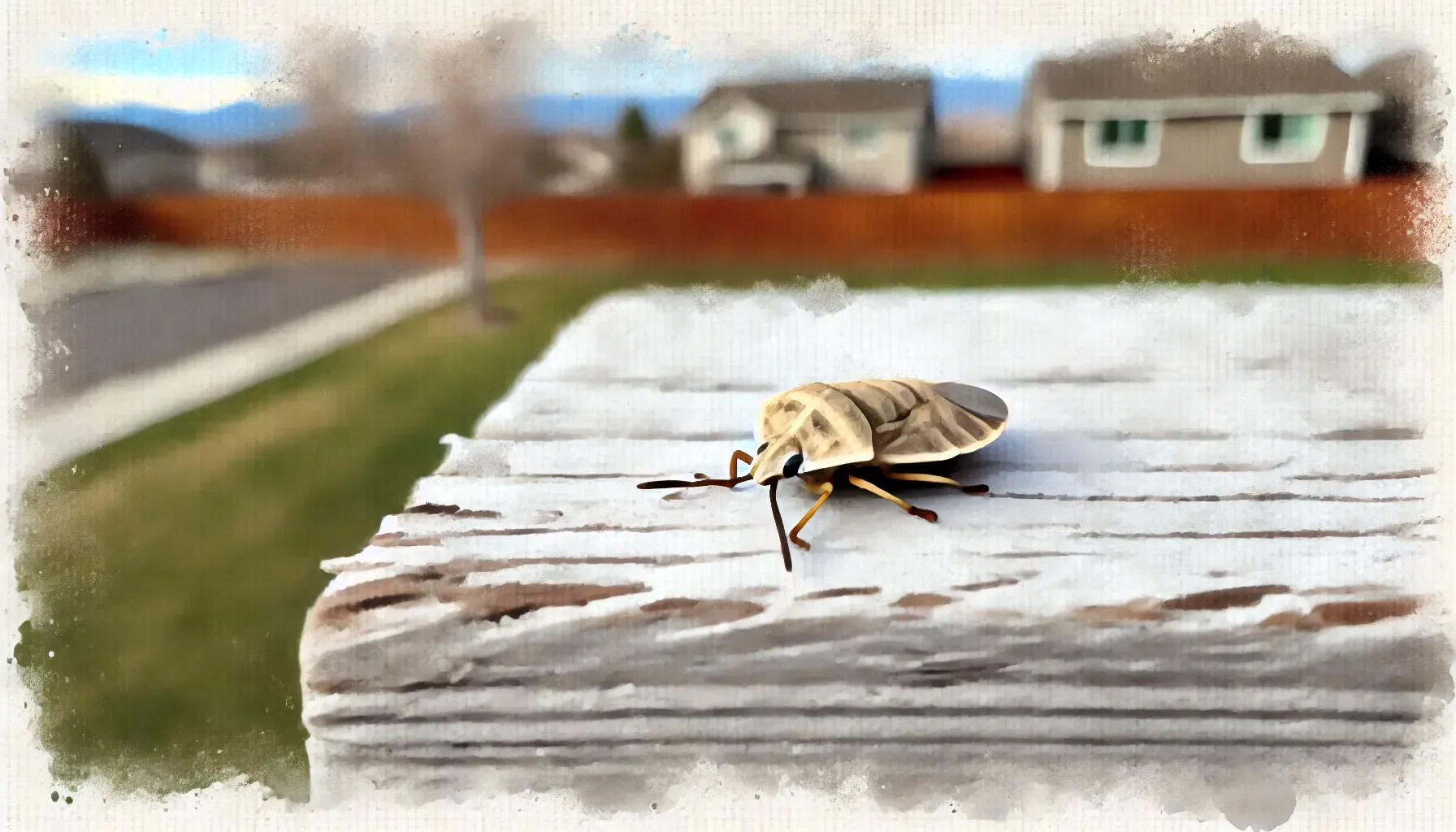
Appearance and Identification
At first glance, the elm seed bug may seem unremarkable. It is about the size of a grain of rice, measuring around 0.25 inches (6-7 mm) in length. Its dark, reddish-brown body, marked by black triangular patterns on the back, serves as excellent camouflage amidst tree bark or on the ground. A striking feature is its black head, contrasting sharply with its maroon-tinted wings, an adaptation that perhaps helps confuse predators.
While small and seemingly delicate, these insects are well-armored, encased in a tough exoskeleton that shields them from many environmental threats. Upon closer inspection, we see their powerful antennae, tools of remarkable sensory capability that allow them to navigate their environment and communicate with one another.
Life Cycle and Behavior
The elm seed bug's life is a story of adaptation and survival, built around one key food source: the elm tree (Ulmus). These insects are primarily seed feeders, thriving on elm seeds and detritus. The adult bugs emerge from their overwintering sites in early spring, coinciding perfectly with the production of elm seeds. Each female can lay up to 200 eggs, carefully depositing them near a food source where the nymphs, once hatched, can immediately begin feeding.
In their youth, these nymphs—small, red, and wingless—go through five stages of development, known as instars. Each molt reveals a more defined and adult-like form, culminating in the fully developed, winged adult by late summer.
While they are largely harmless to humans and pets, elm seed bugs have become notorious for their behavior in late summer and fall, when they seek out warmer conditions. They often find their way into homes and buildings, searching for shelter as the weather cools. Though they pose no direct threat, their presence indoors in large numbers can be quite the nuisance.
Distribution and Habitat
Once confined to Europe and parts of the Mediterranean, the elm seed bug has since spread across new territories. Introduced to the United States, it has established itself in the Pacific Northwest, particularly in states like Oregon, Washington, and Idaho. The species has shown remarkable resilience in adapting to new climates, expanding its range year by year.
Its preferred habitat is, of course, wherever elm trees are abundant. In urban and suburban environments, where elms are often used for landscaping, the bugs find both food and shelter in abundance. But their ability to overwinter inside buildings has given them an edge in human-dominated landscapes.
Ecological Role
Despite their notoriety as household invaders, elm seed bugs play a subtle yet significant role in the ecosystem. Their feeding habits help to break down fallen seeds, contributing to the decomposition process. In turn, they are prey for birds, spiders, and other insectivores, serving as part of the complex web of life that surrounds us.
Adaptations and Survival Strategies
The elm seed bug is a master of endurance. One of its most fascinating traits is its ability to survive harsh winters by seeking out human dwellings or other warm, protected environments. They can squeeze through the tiniest of cracks, taking refuge inside walls, attics, or basements, waiting for spring’s warmth to draw them back outdoors.
Their primary defense mechanism is one of evasion—blending into their surroundings and escaping predators by flying short distances. When disturbed, they can release a faint, pungent odor as a chemical deterrent to potential threats. This odor, though harmless to humans, can make their uninvited presence indoors even less welcome.
Challenges and Control
For homeowners, dealing with elm seed bugs can be frustrating, which can warrant a call to a local pest control company. As they congregate in large numbers around windows, walls, and ceilings, they can become a seasonal nuisance. However, due to their harmless nature, chemical control is often unnecessary. Instead, sealing cracks and entry points in homes, along with vacuuming up any intruders, is generally the best method of keeping them at bay.
Conclusion
The elm seed bug is a testament to nature’s adaptability, thriving on the fringes of human civilization. Though they may be unwelcome guests in our homes, these tiny insects remind us of the intricate relationships that exist between species and their environments. In the grand scheme of things, the elm seed bug’s story is but a small thread in the rich tapestry of life on Earth—one that, like all others, deserves a closer look.
Contact Today For $100 Off Your Initial Service!
⭐⭐⭐⭐⭐
Backed by our Bigfoot Guarantee!
What Customers Are Saying:
"Everyone from Bigfoot is awesome. They are always on time. They're extremely thorough. I've not had a single issue in the two years they have been treating our home. Well worth it!"
T. Potter | Meridian, ID
